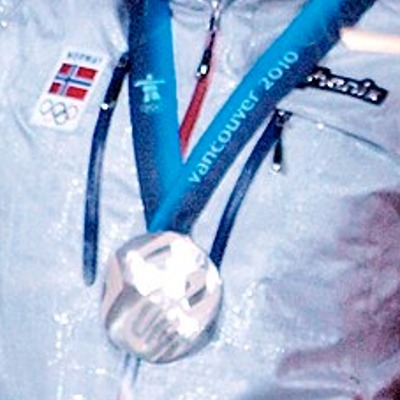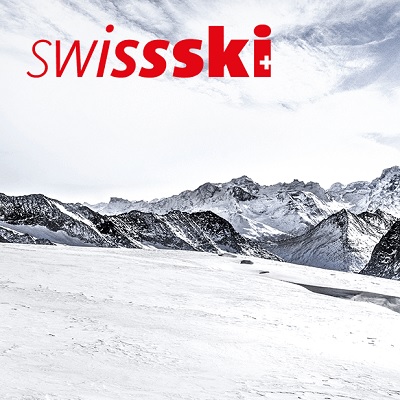Austrian Lift Co’ Conference: Even With Fewer Operating Days There Is A Positive Outcome

During a press conference on the occasion of the Austrian Cable Car Day in Graz, Franz Hörl, chairman of the Cable Car Association (Austrian Chamber of Commerce) and the association's managing director Erik Wolf looked back on a satisfactory winter season. The timely snowfall in 2023 in particular ensured a brilliant start until the end of December, with demand roughly matching the values from 2017 and 2018 and only being topped by 2019. January was also eight percent higher than the previous winter and was one of the best Januarys in history. “In February, the winter lost momentum, mainly due to the warming temperatures. The weather remained very warm, some businesses were already closed - in others, additional storm days reduced the number of operating days," said Hörl about the rest of the season. In an initial projection, the industry can still report 48.6 million skier days by the end of March. Hörl summarizes that despite high inflation and good snow conditions, demand remained high. “Neither the prices nor a declining interest in skiing, but rather the weather and snow conditions once again prevented the result from being any better,” said the trade association chairman.
Put into further figures, according to the current value added survey (winter 22/23), the Austrian cable cars achieved a total turnover of 12.6 billion euros and thus generated 6.7 billion euros in added value - of which 5.5 billion euros were in other sectors. In addition to sales tax revenue of 1.9 billion euros, Hörl also emphasizes the “cable car multiplier” of currently 7.1. This means that 1,000 euros net in wages, salaries, profits and depreciation for the cable cars turns into an average of 7,100 euros, which is capitalized in added value in the respective region. “We remain the number 1 economic and job factor in many rural and alpine regions!”
The cable cars also prove to be a stable constant as employers. There are currently 17,100 cable car employees in Austria - 7,650 of them in year-round employment. In directly benefiting sectors and suppliers, 110,800 jobs are created that can be directly attributed to the activities of the cable cars - most of them in the accommodation sector (44,800), followed by catering (26,000) and sports retail (10,700). The mood among the employees is also correspondingly good. Currently, 75 percent of employees would choose their current job again, and the recommendation rate is 69 percent. In addition, the high satisfaction ratings among the youngest employees show that an apprenticeship at a cable car company is very attractive. “Due to the globally unique quality of training and the proximity of the most important manufacturers in the global cable car market, there are many individual development opportunities that open up national and international career paths,” says trade association manager Erik Wolf.
Sustainability as a lasting focus, optimistic view of future prospects
The industry focus was already on sustainability last winter season. In order to express the diverse investments, the communication campaign “Sustainable skiing every day” was launched - last season, a sustainability project from Austria's ski regions was presented almost every day.
The success of the measures can now also be shown in figures. “Summer and winter holidays in the mountains are among the most CO2-friendly types of holiday. Data from the Federal Environment Agency proves this in current studies, as the total energy consumption per skier per day is only 18.0 kWh. This realization has motivated many people to work even more intensively on their own energy balance and to become even better,” says Wolf. In order to professionally support companies in their efforts towards climate neutrality, the trade association developed a CO2 monitoring tool together with experts. Companies can use this to calculate their own ecological footprint and quantify industry-specific measures - e.g. efficiency in piste preparation, measuring snow depth, adjusting driving speed. The effects of the individual measures can also be presented and potential shown. “Based on the CO2 calculations from the last two winter seasons, it can be seen that measures that have already been tested and established will lead to a sharp decrease in emissions within a manageable time frame up to 2030,” said Wolf.
Knowing that fossil fuels no longer play a role in ski areas, the focus in the future will be even more on the topic of climate-friendly mobility. Travel to the ski areas, for example with the “Im Nightjet zum Schnee” train together with ÖBB Railtours, but also new alternative forms of mobility should be established in the ski areas. In addition, the expansion of renewable energy sources and the use of the latest resource-saving technologies will continue to be promoted.
When the members of the professional association met in Graz, the focus was also on the expected demand and potential among skiers and snowboarders - including with a view to considerations about the 2040 winter sports strategy. In the press conference, Wolf referred to data from current studies. “The outlook for winter sports demand remains positive, and there are no acute threats to demand,” said Wolf. The winter resort is also still a successful export product: 80 percent of the guests come from abroad. Current surveys also show that a high proportion of skiers emphasize that they want to go skiing more often in the next few years. The majority of winter sports enthusiasts are also convinced that they will still be skiing in ten years. “The importance of school ski courses will increase even further in the future, as beginners often start skiing in childhood. But special considerations also need to be made when addressing the so-called Generation Z, who need to be specifically excited about the winter resort,” explains Wolf, who emphasizes: “The future holds a lot of challenges, but also potential if we continue to act consistently and sustainably!”













